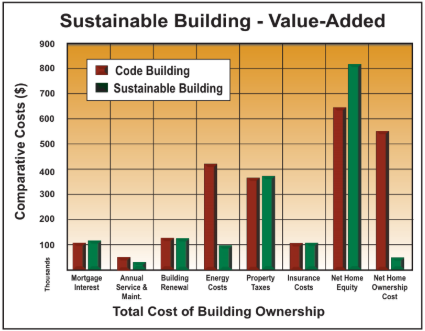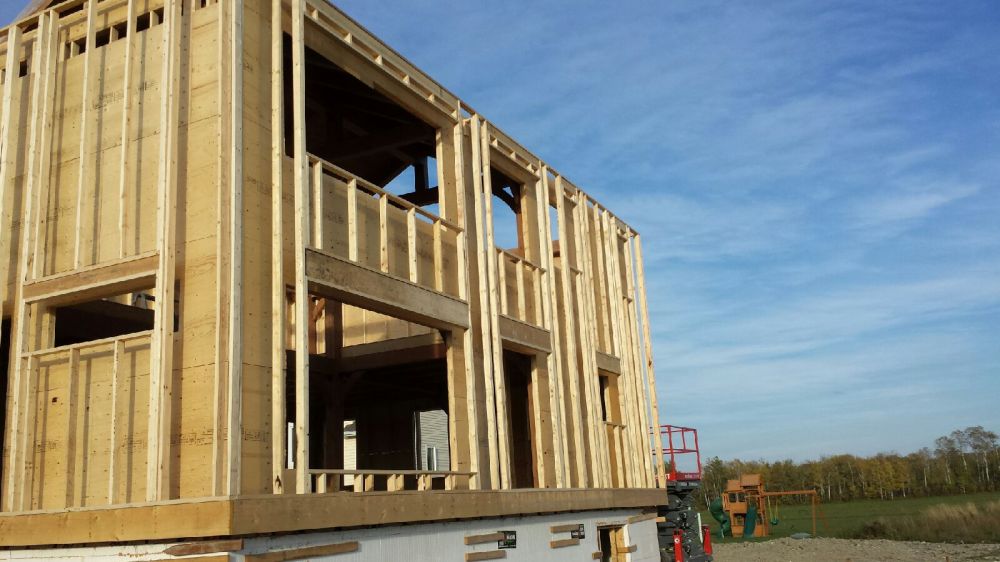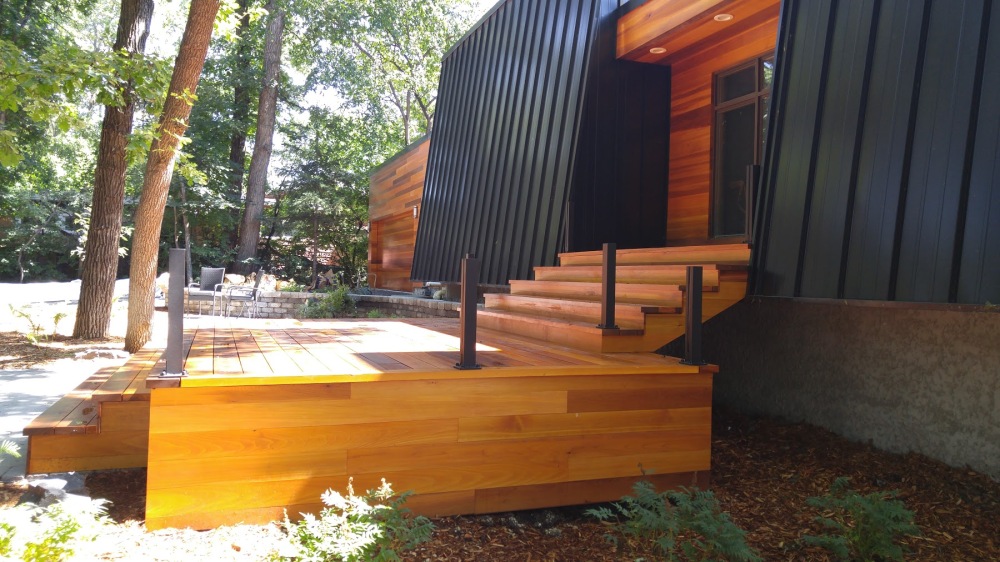The year is 1970. You’ve just signed the paperwork to have your child enrolled in a new study at Stanford university. You show up bright and early to watch your child from behind the one-way glass. He’s given a marshmallow and told if he doesn’t eat the marshmallow for 15 minutes, he’ll get a second one. The tall doctor leaves the room, your child watching him with just a trace of confusion.
You watch him squirm and wiggle on the chair staring at the marshmallow. “NO! Look away!” you silently scream. “Consider the long game you impatient goof!”. But alas, 2 minutes and 24 seconds in, the anticipation is too much to handle. He reaches forward, sacrificing the future rewards for a gooey 30 seconds of delight.
Quartz or Saving Money?
It would seem in many ways, we’re not much better. Choosing quartz counters over added wall insulation seems more pleasant now, but does it really make sense? Manitoba Hydro partnered with SRP Canada in developing a total cost of building ownership document. They used a tool developed right here in Manitoba called SEEFAR. (sustainable energy efficient facility asset reporting) This tool basically calculates all your costs (maintenance, mortgage costs, energy costs, etc), adds them to your purchase price of the home, and then subtracts the expected sale price of the home. This determines the total cost of building ownership over it’s entire lifetime.
What they found is shocking. Over the 60-year useful lifetime of your home, code-built homes can cost over $1,200,000. By comparison, a well-built sustainable home will save you about $500,000 over the same time period. That means that over a lifetime of your new home, the choice to build a more sustainable home could save you $600 per month when you factor in the full price associated with your home operations and maintenance!

 A double wall home Dueck Builders built in Selkirk.
A double wall home Dueck Builders built in Selkirk.
Sure, But What About Resale Value?
But what about the fact that the average time spent in a new home is 12 years? How will the additional costs up front be balanced out when we’ve just been talking about 60-year life cycles? Dennis Cunningham, the manager of environmental sustainability at Assiniboine Credit Union, noted in this news article by Cameron MacLean “Eventually, the market is going to shift and people are going to demand highly energy-efficient homes and will kind of turn their noses up at homes that aren’t energy efficient.”
This shift will get more and more rapid as we move toward the federally implemented net-zero initiative coming in 2030. When homes are selling in 12 years, the demand and even requirement of having a net-zero home will have greatly increased. Homes that are built below the net-zero standard will suffer a valuation hit. That, and the fact that the government’s planned 2030 net-zero initiative is now under a decade away, should influence the homes you build today as you think about the home you’ll sell in the future.
Now as a quick side note, any home can technically become a net-zero home. Net-zero homes are defined as homes that produce as much energy as they consume. So your 100 year old bungalow could be net-zero if you’re able to generate as much energy as you use to operate it. Obviously this makes better insulated, more energy efficient homes easier to change into a net-zero home.
Alright, I’m In, What Next?
By now I hope we agree that a sustainable home is a good idea! But the challenge becomes how do we do it? When building a sustainable home, we have to consider more than just energy efficiency. Sustainability is largely dependent on how we live within our eco-system and community. So yes, we need to have a well insulated shell, with air tight walls and high-quality windows. We need to capitalize on the solar heat gain available, but sustainability goes beyond that.
To truly build sustainably we must be able to reduce waste during construction, we have to build with healthy products that have minimal chemical off-gassing. Even choosing local materials, or recycled materials will make a huge difference for the environment. But sustainability goes even further. It means investing upfront in the proper materials. Materials that will last longer and require minimal maintenance over time. A roofing product with a longer lifespan will reduce your home ownership costs, even if there’s a couple bucks added up front. Here’s an article that has more good ideas for what sustainable building can all entail.
When you start to focus on building a sustainable home, you reduce a lot of headaches (both literal and figurative as healthier homes reduce your immune system stresses dealing with nauseous chemicals that are prevalent in cheaper building materials) and costs down the road. You’re not just reducing your impact on the world around you, but you’re freeing up your own finances for the future. You’re allowing yourself the ability to relax in your home ownership as well, because you’re not as worried about maintenance and replacement of components of the home.
We’d love to talk with you further and explain a little more about how we do what we do, and why we think it’s important to consider sustainability before building your next home. For more info about the SEEFAR tool, contact, or to talk to us, visit our website at www.dueckbuilders.com, or email us at info@dueckbuilders.com. We’d love to talk to you before you build your next home.
